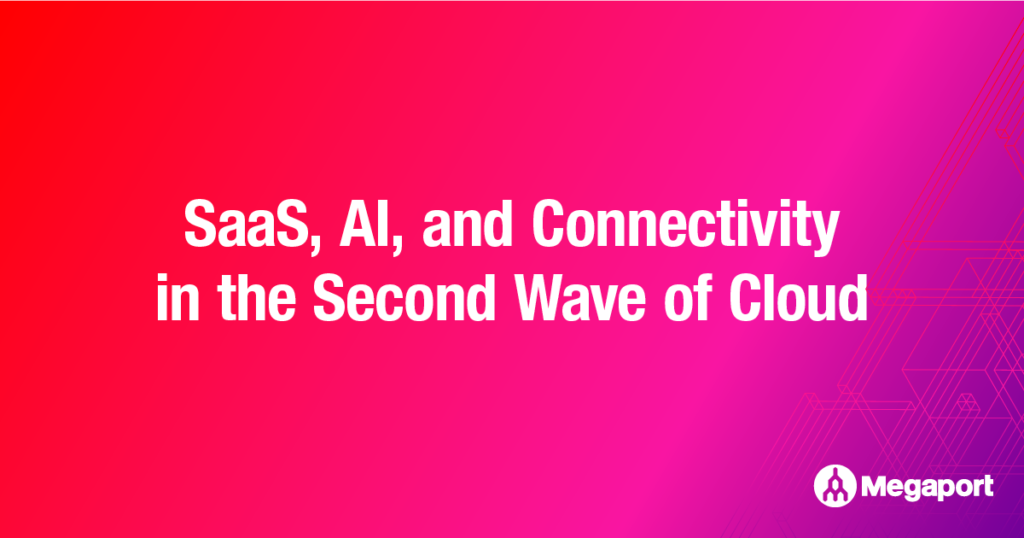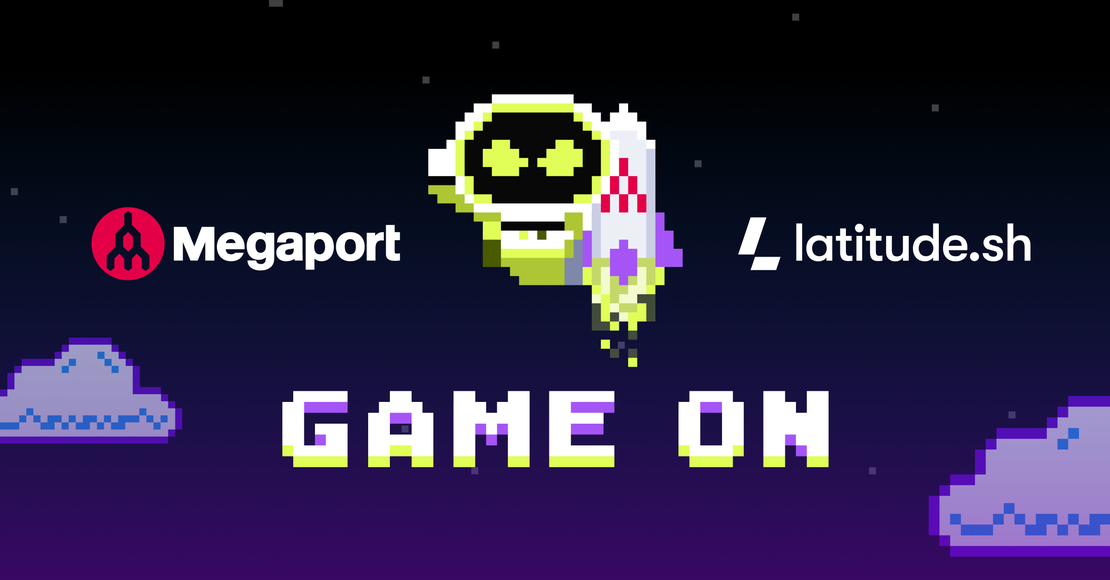SaaS

When to Move From Public Internet to Private Connectivity
Struggling with latency, congestion, or compliance issues? Discover when it’s time to move from public internet to private connectivity.
Read More
Building Resilient Government IT: Strategies for Secure, Compliant, and Scalable Connectivity
As Australian government agencies progress in their digital transformation journeys, how can IT leaders innovate without compromising compliance, sovereignty, or operational stability?
Read More
PaaS vs SaaS vs IaaS vs NaaS: What's the Difference?
With a range of network and computing capabilities now offered via the cloud, it can be tricky to keep up. We explain the four core ‘as a service’ offerings and their use cases.
Read More
SaaS, AI, and Connectivity in the Second Wave of Cloud
Unlock the next wave of cloud innovation with direct connectivity to SaaS and AI-powered applications. Megaport and Digital Realty simplify cloud consumption with secure, low-latency connections to leading SaaS providers, enabling businesses to scale hybrid and multi-cloud strategies. Future-proof your infrastructure with optimized data centers and Connected Campus solutions for AI and next-gen workloads.
Read MoreTags
- AI
- Anapaya
- API
- Aruba
- Automation
- Aviatrix
- AWS
- AWS Direct Connect
- AWS Direct Connect Gateway
- AWS Outposts
- AWS PrivateLink
- AWS Transit Gateway
- AWS Virtual Private Gateway
- Azure ExpressRoute
- BGP Routing
- Careers
- Case Study
- Cisco
- Cisco Cloud Interconnect
- Cloud Cost Management
- Cloud Data
- Cloud Storage
- Compute
- CPU
- Data Center
- Developer
- FWaaS
- Google Cloud Platform
- GPU
- Guide
- Hybrid Cloud
- IaaS
- IBM Cloud
- Latency
- Latitude
- Megaport Cloud Router
- Megaport Internet Exchange
- Megaport Portal
- Megaport Virtual Edge
- Microsoft Azure
- MPLS
- MPLS Network
- Multicloud Connectivity
- NaaS
- Oracle FastConnect
- PaaS
- Palo Alto Networks
- Peering
- SaaS
- SASE
- SD-WAN
- Security
- Sustainability
- Terraform
- Virtual Connectivity Hub
- VMware
- VVx
- VXC
- Wasabi
- Webex
- Webinar
- ZTNA


